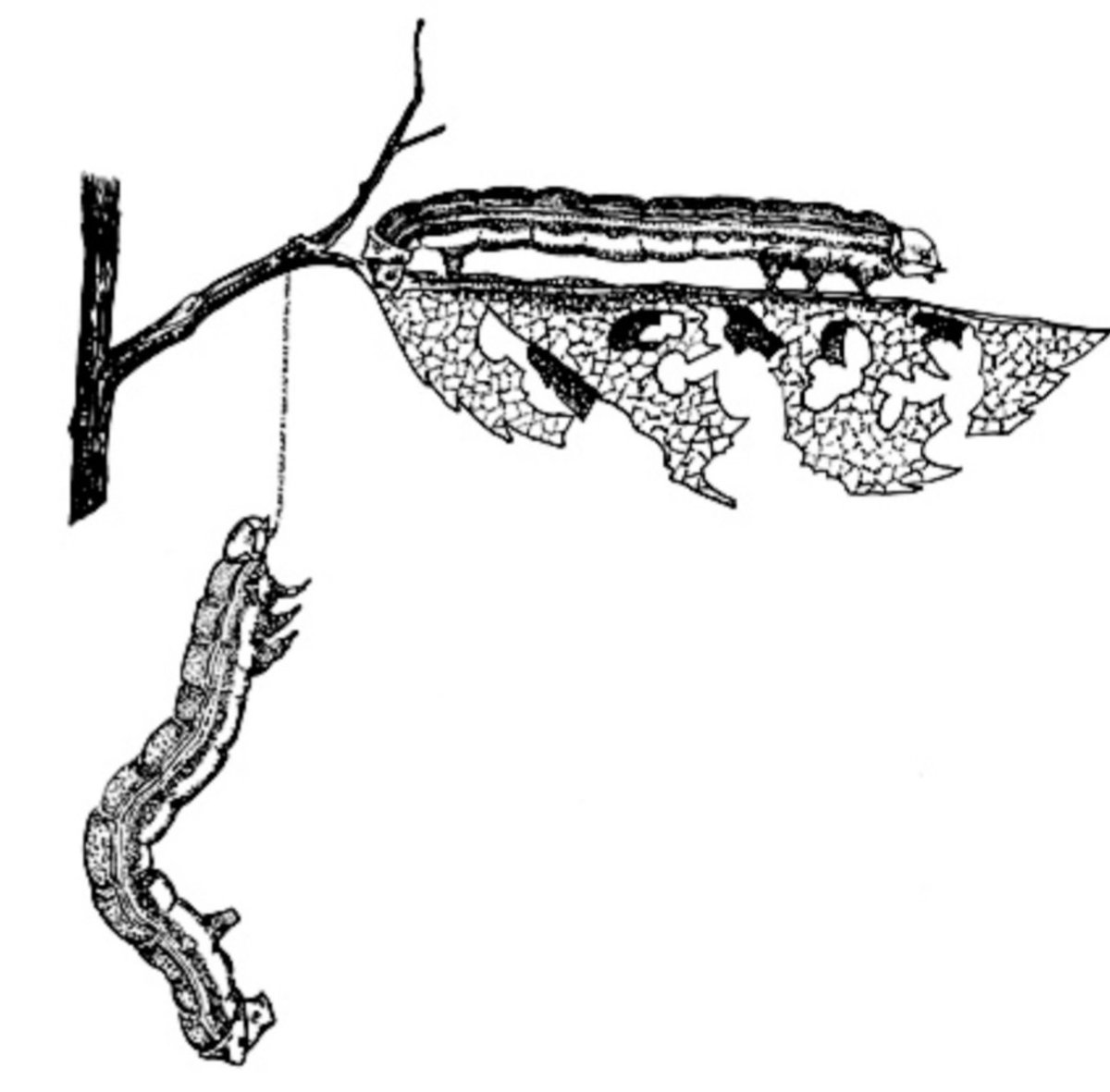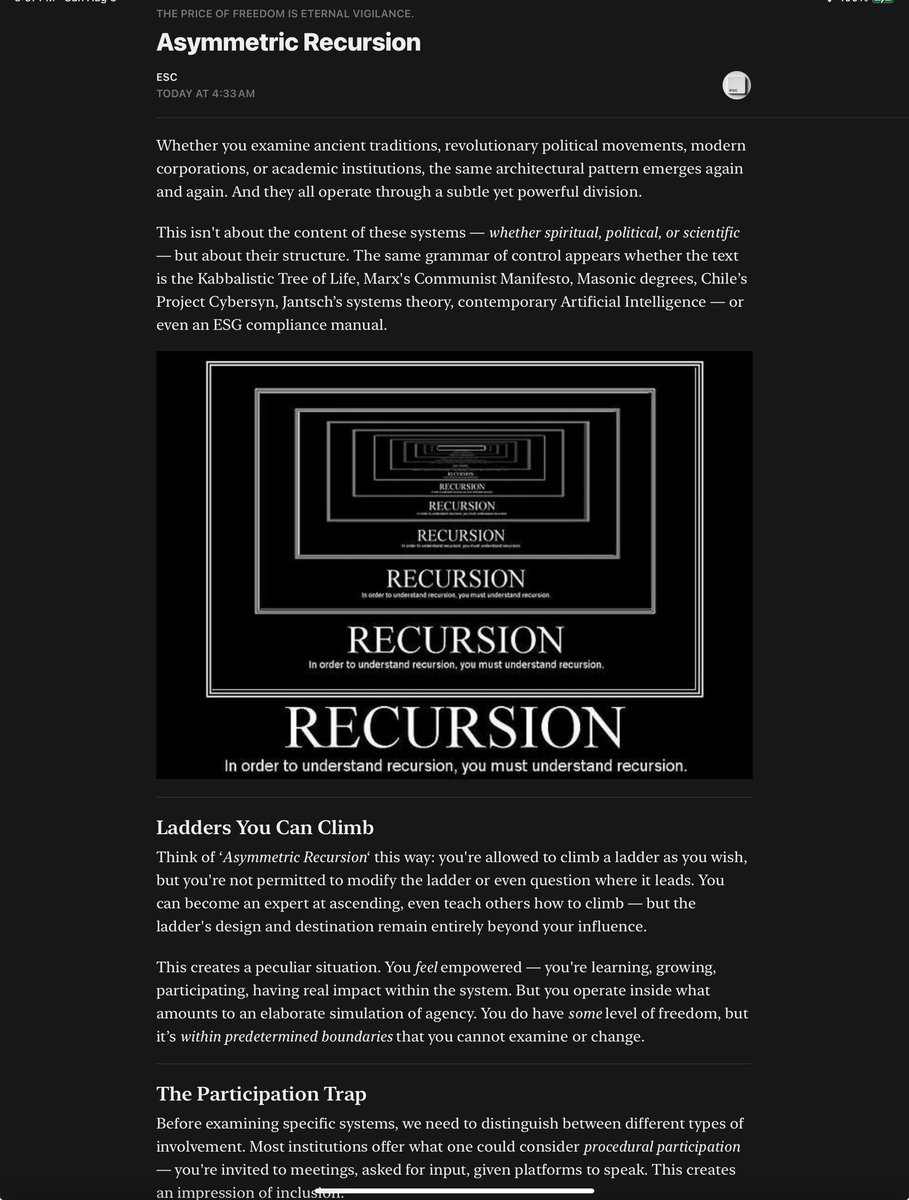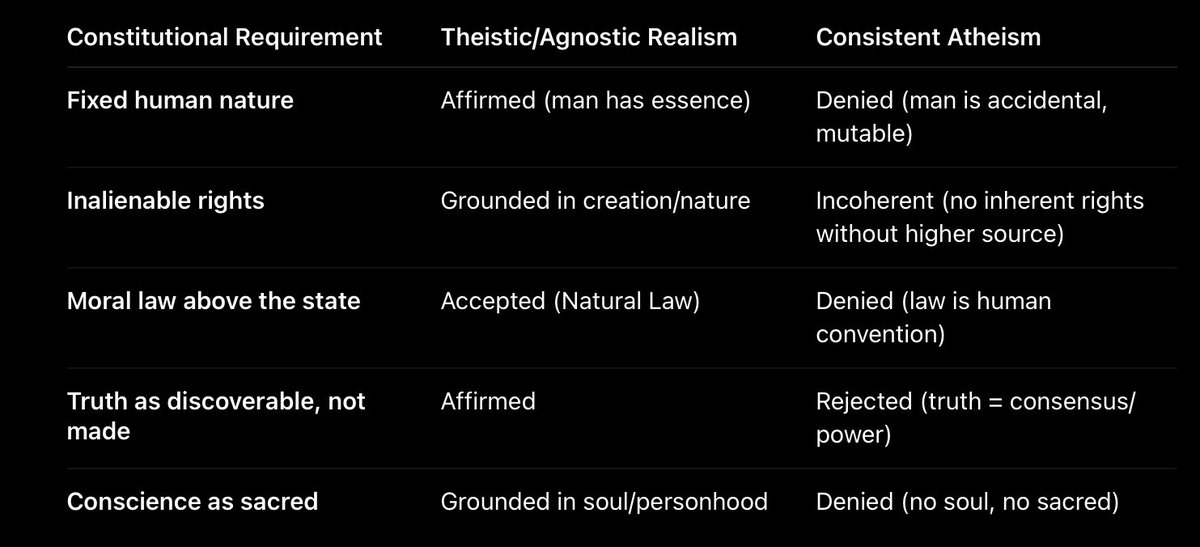
An everyday glance into our embracing of destructive ideas, their withered leaves and spoiled fruits.
3 subscribers
How to get URL link on X (Twitter) App

https://x.com/thepalmerworm/status/19944177709984686822/

https://x.com/thepalmerworm/status/19819778597461118522/
https://twitter.com/thepalmerworm/status/19810004072466600032/
https://x.com/thepalmerworm/status/19810181059638112832/ Now The Dialectical Core

 2/
2/






 2/ The Structural Irony
2/ The Structural Irony
 2/
2/

 2/ The Telos of Education in the Classical Republic
2/ The Telos of Education in the Classical Republic


https://twitter.com/thepalmerworm/status/1949302326872694985
 2/ Why This Matters
2/ Why This Matters
 2/ Operational Function
2/ Operational Function 

 2/ The Alchemy of Inversion
2/ The Alchemy of Inversion

 2/ The Invisible Architect
2/ The Invisible Architect